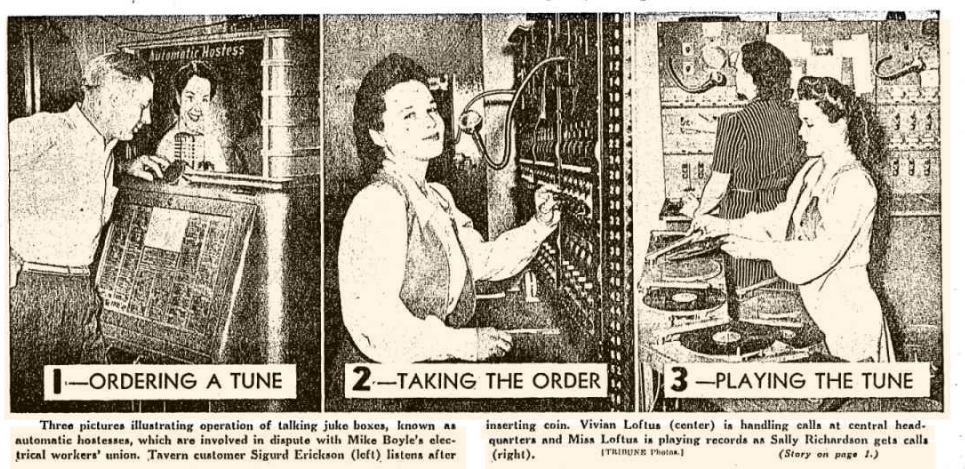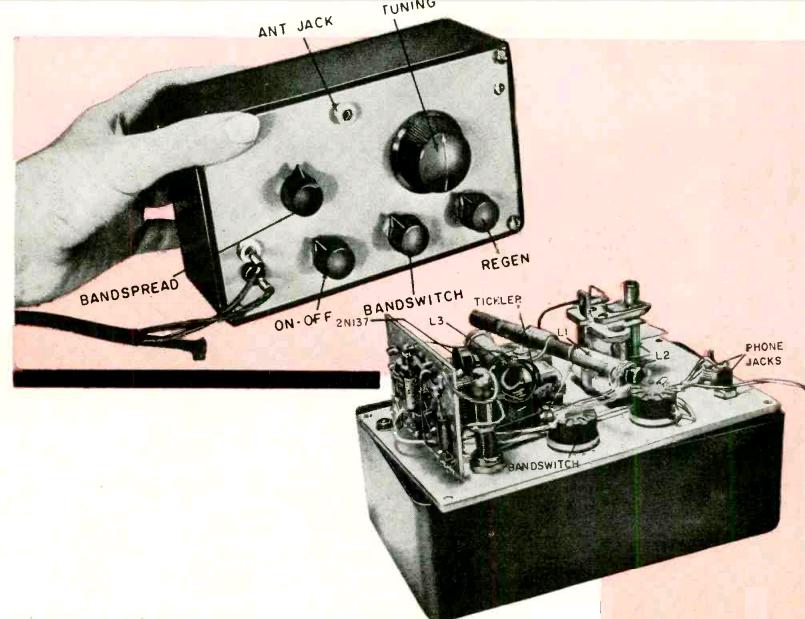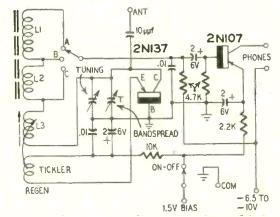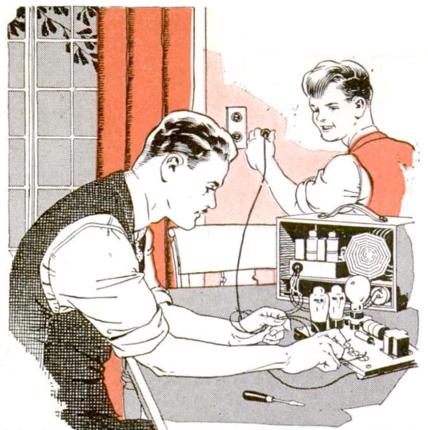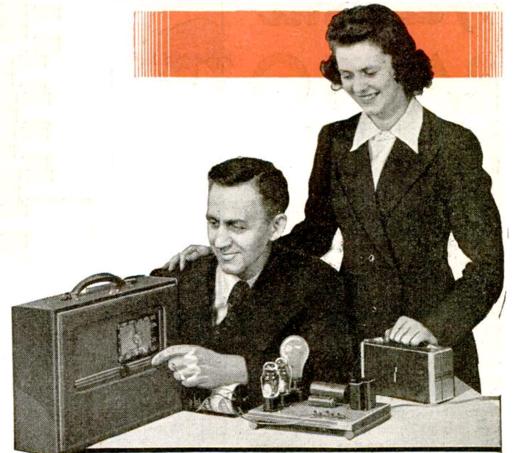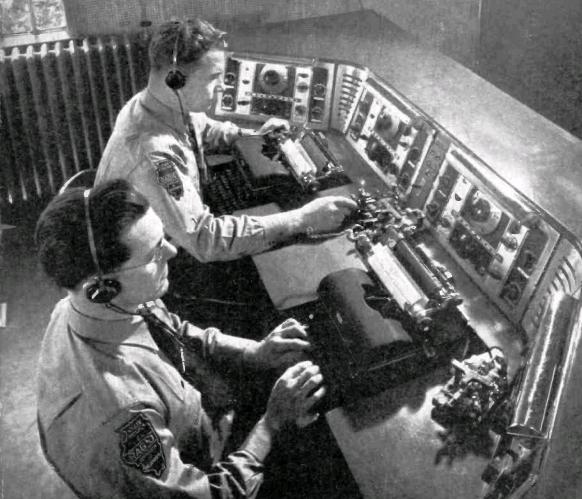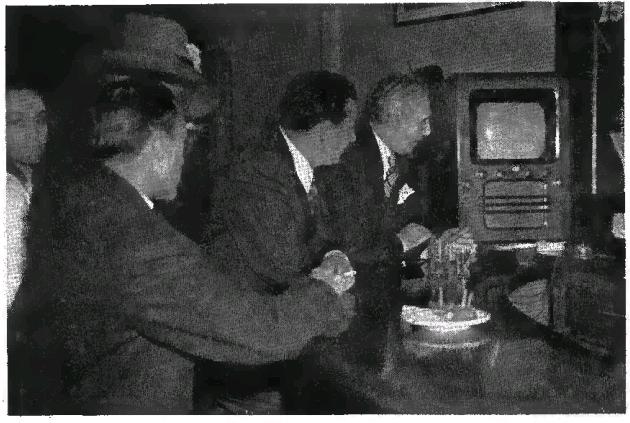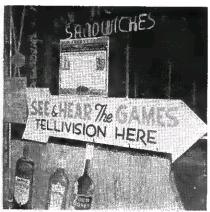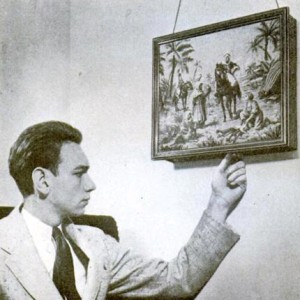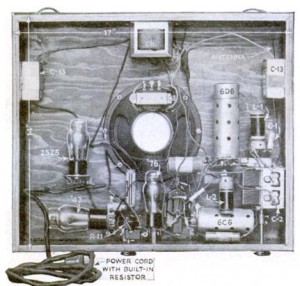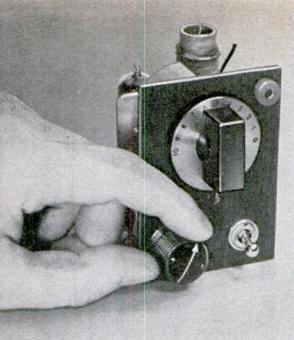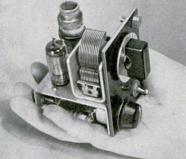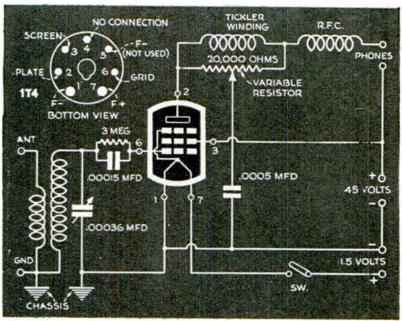I’m sure most OneTubeRadio.com readers have been eagerly waiting for my endorsement for the contested Minnesota Supreme Court seat, so here it is.
There are three candidates running in the primary election. Voters are asked to vote for one candidate. One will be eliminated from the race, and the remaining two candidates will appear on the November ballot. This is the only statewide primary election.
The incumbent is Justice Natalie Hudson, who was appointed to the bench in 2015 by Governor Dayton. Prior to her appointment to the Supreme Court, she served from 2002-2015 on the Minnesota Court of Appeals, and before that as an Asistant Attorney General. She began her legal career in 1982 as a staff attorney for Southern Minnesota Regional Legal Services. I will probably be voting for Justice Hudson in the November general election. You can read her response to questions by the Minnesota State Bar Association at this link.
Justice Hudson faces two challengers, Craig Foss and Michelle MacDonald.
Mr. Foss unashamedly states that he wants to become an appellate judge because “the demand for legally blind attorneys is not high. So I decided to see if I could get elected to a job.” He is a duly licensed attorney in the State of Minnesota, and has been since 1995. He therefore meets the minimum legal and constitutional requirements for the position he seeks.
Ms. MacDonald is also a duly licensed attorney and has been since 1987. Therefore, she also meets the minimum legal and constitutional requirements to appear on the ballot. Ms. MacDonald also ran for Supreme Court in 2014 and sought, and obtained, the Republican endorsement. I was present at the 2014 state Republican convention when she was nominated, without discussion, after the now dissolved judicial elections committee recommended her nomination. (For the record, I did not vote for her during the otherwise unanimous voice vote.) Unfortunately, the committee recommended her without disclosing that she was then facing criminal charges. She was ultimately found guilty of some (but not all) of those charges. When her criminal charges came to light, the party backpedaled its support and refused to offer her a spot at the Minnesota State Fair. Ms. MacDonald showed up anyway and created a scene.
In 2016, she once again sought the Republican endorsement. This time, with her record known to all of the convention delegates, the party wisely decided not to endorse. In fact, it went a step further and disbanded the judicial nomination committee. I voted with the majority on both of those votes.
For these reasons, I recommend voting against Ms. MacDonald in the upcoming primary. It is very likely that Justice Hudson, because of her incumbent status, will be one of the two top votegetters in the August 9 primary. Therefore, to ensure that Ms. MacDonald does not appear on the November ballot, I will be voting for Craig Foss. There will be two candidates in the November general election. In my opinion, Ms. MacDonald does not have the required judicial temperament to serve on the state’s high court. On the other hand, I have no reason to believe that Mr. Foss would not serve fairly and impartially. Indeed, his disability would probably bring an unrepresented point of view to the high court. I doubt if I’ll vote for him in November, but if he’s elected, I have every reason to believe that he will take his position seriously and will serve with distinction. He would not be an embarrassment to the state or to the legal profession.
Therefore, I endorse Craig Foss for Justice of the Minnesota Supreme Court in the August 9 primary election.
I also endorse Greg Ryan in the Republican primary for U.S. Congress in the 4th District (St. Paul area).
Attorney Richard P. Clem is solely responsible for the content of this page. This page is prepared and paid for by Richard P. Clem, and is not paid for by any candidate or candidate’s committee.

